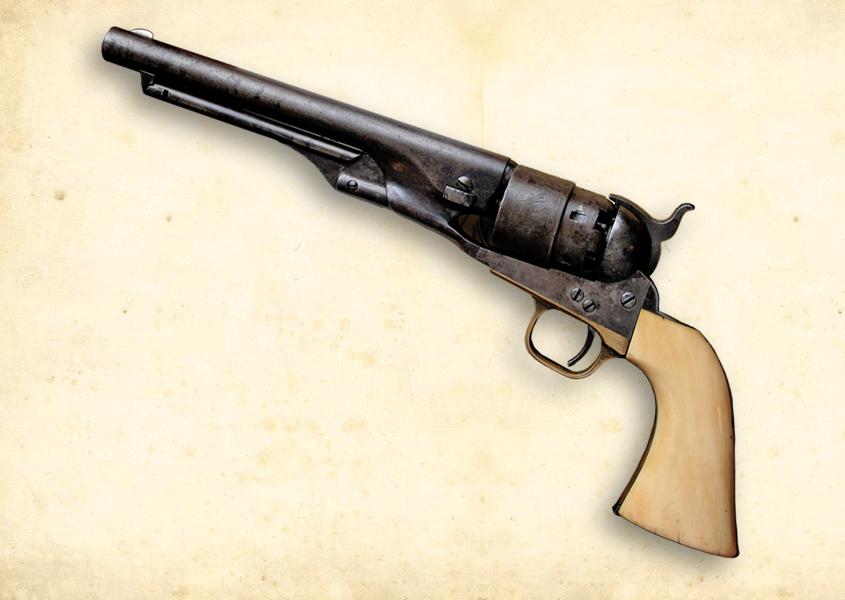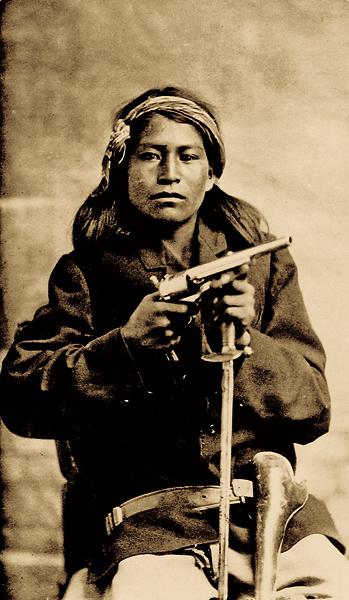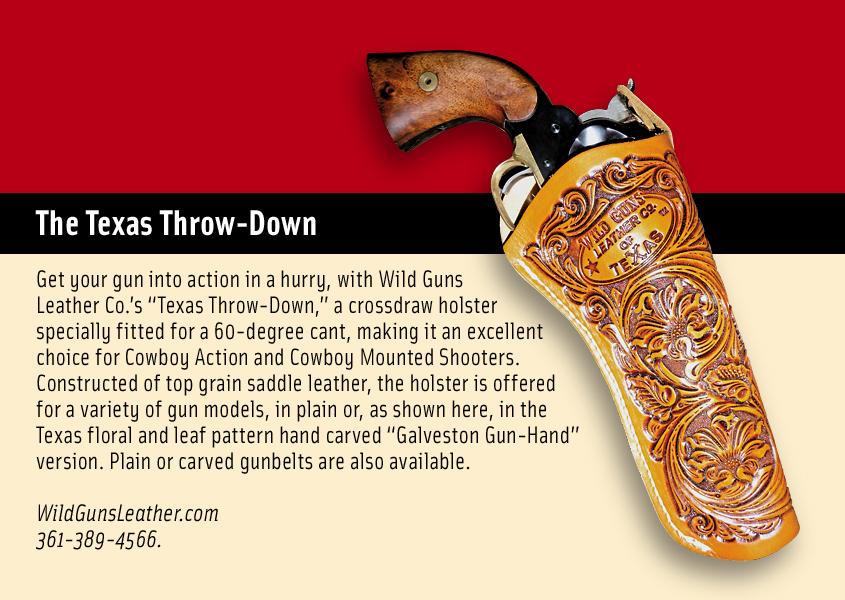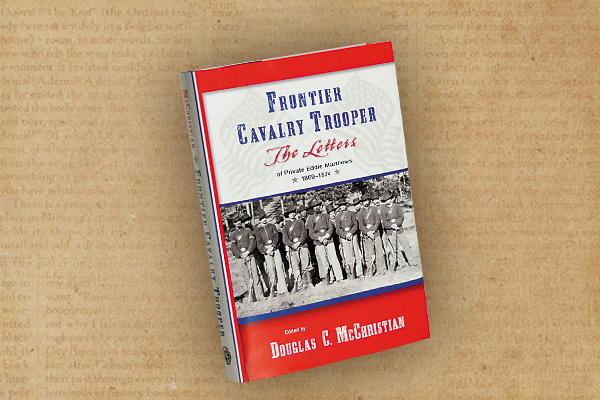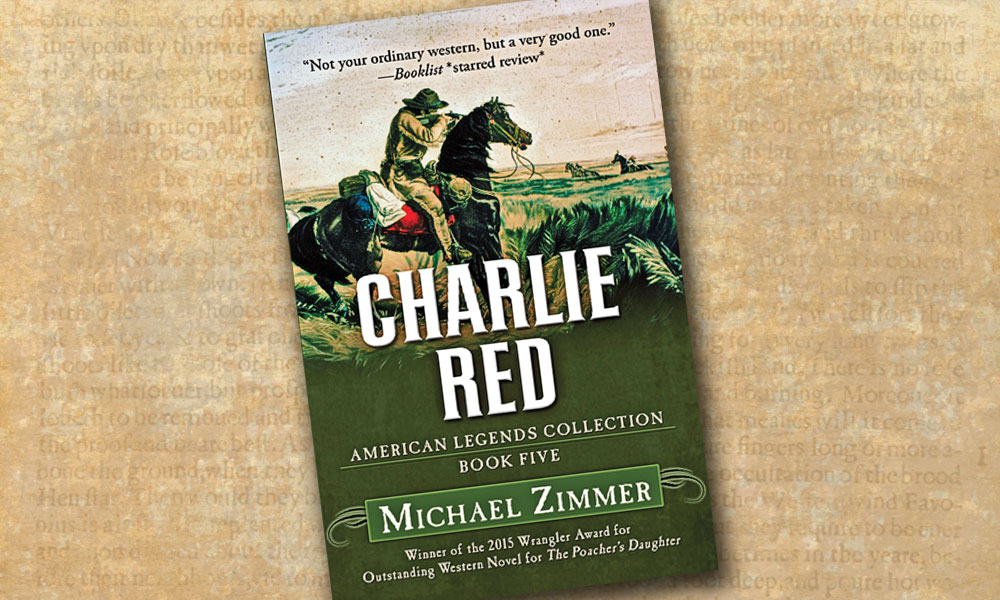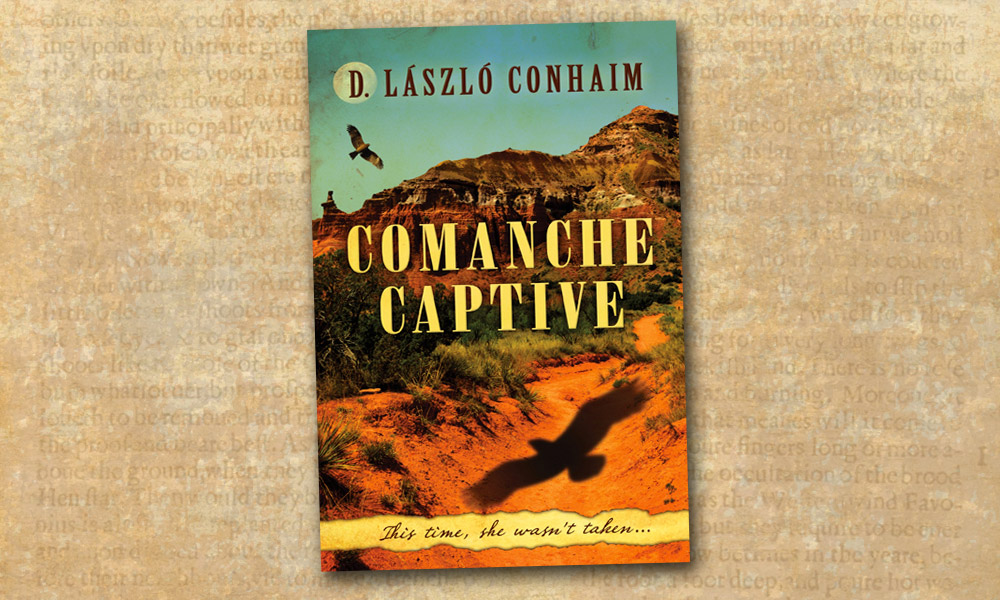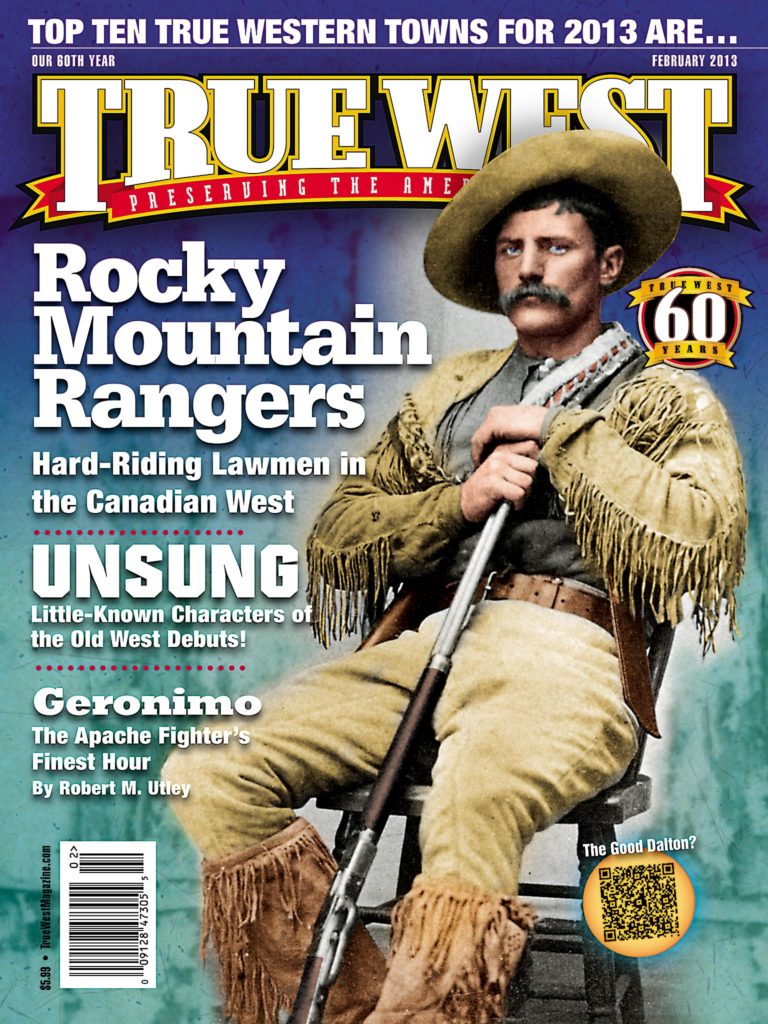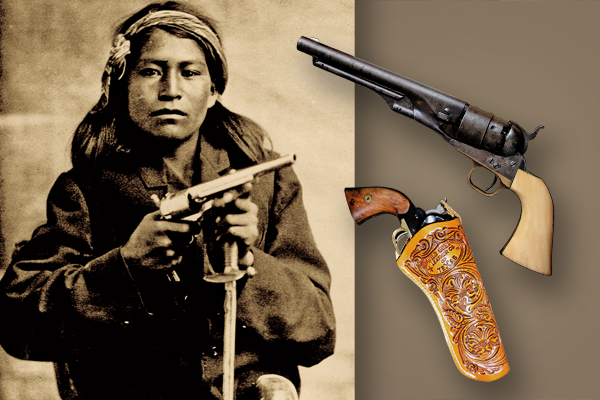 Colt’s handsome Model of 1860 was a favorite on the frontier and saw use by notable Westerners such as Frank and Jesse James, John Wesley Hardin, Wild Bill Hickok, the Mormon “Destroying Angel” Porter Rockwell, the Texas Rangers, El Paso lawman Dallas Stoudenmire and California outlaw Tiburcio Vasquez, to name a few of its admirers. These men relied on the power and smooth handling characteristics of what has come to be considered as the ne plus ultra of cap and ball revolvers.
Colt’s handsome Model of 1860 was a favorite on the frontier and saw use by notable Westerners such as Frank and Jesse James, John Wesley Hardin, Wild Bill Hickok, the Mormon “Destroying Angel” Porter Rockwell, the Texas Rangers, El Paso lawman Dallas Stoudenmire and California outlaw Tiburcio Vasquez, to name a few of its admirers. These men relied on the power and smooth handling characteristics of what has come to be considered as the ne plus ultra of cap and ball revolvers.
This epitome of the percussion revolver was a refined and extremely successful improvement of the heavy Dragoon Colts of the 1850s. The .44 caliber “New Model Army Pistol” combined much of the power of the earlier dragoons with its own streamlined styling, better balance, lighter two-pound and 11-ounce weight (Colt’s Dragoons weighed four pounds, two ounces) and improved ballistics. With its rounded contours and barrel, the 1860 model represented a distinct departure from the squared-edge profiles of Colt’s earlier revolvers with their full octagon or half-round, half-octagon barrels. Too, the hinged loading lever of the older models was replaced with the improved, so-called “creeping” (rack and pinion-style) lever.
Attesting to this revolver’s popularity is the fact that 200,500 of these “forty fours” were manufactured during their 13-year production period. Of these, fully 127,156 were sold to the U.S. government, making the 1860 Army the major revolver in use by the Union forces during the Civil War.
Produced in Hartford, Connecticut, and also sold through Colt’s agency in London, England, the 1860 model was made with few minor variations. Yet its military model accounted for little more than half of the entire production. Made with cutout recoil shields (to allow fitting an attachable shoulder stock), back straps of blued iron or brass (on the earliest guns) and eight-inch barrels, military revolvers up to serial no. 50,000 had four screw frames, while a three-screw frame was standard after that. Colt’s Hartford and New York agency address will be seen on martial revolvers, while civilian models can bear either the New York or the London stampings.
Colt fitted its civilian models with either blued iron or silver-plated brass back straps and three-screw frames. Except for rare exceptions, these models were not cut for use with the shoulder stock. While the eight-inch barrel was standard, a few models were made with six-inch, 7½-inch and even longer than eight-inch barrels.
Military arms sported a dull blue finish, with casehardened frames, hammers and loading levers, and oiled walnut stocks, while Army revolvers made for the civilian market were finished with a brighter, more lustrous blue, standard case hardening and varnished walnut stocks.
Rebated cylinders were standard, although about 4,000 of the early 1860 revolvers were made with full-fluted cylinders, to reduce their weight. These were referred to by Colt as “cavalry” models. The rebated cylinders on
1860 Army models bear the same roll engraved naval battle scene as seen on Colt’s 1851 Navy.
With the advent of self-contained metallic cartridges, Colt converted about 9,000 of its 1860 Models to handle the new ammunition. Colt produced its Richards Conversion new from parts between 1873 and 1878, giving the six-gun that started its career as a cap and ball arm an extended life. This is the model that saw much use in the West by renowned names such as John Wesley Hardin, the James brothers and Wild Bill Hickok.
Phil Spangenberger writes for Guns & Ammo, appears on the History Channel and other documentary networks, produces Wild West shows, is a Hollywood gun coach and character actor, and is True West’s Firearms Editor.
Photo Gallery
– All images courtesy Phil Spangenberger Collection –


